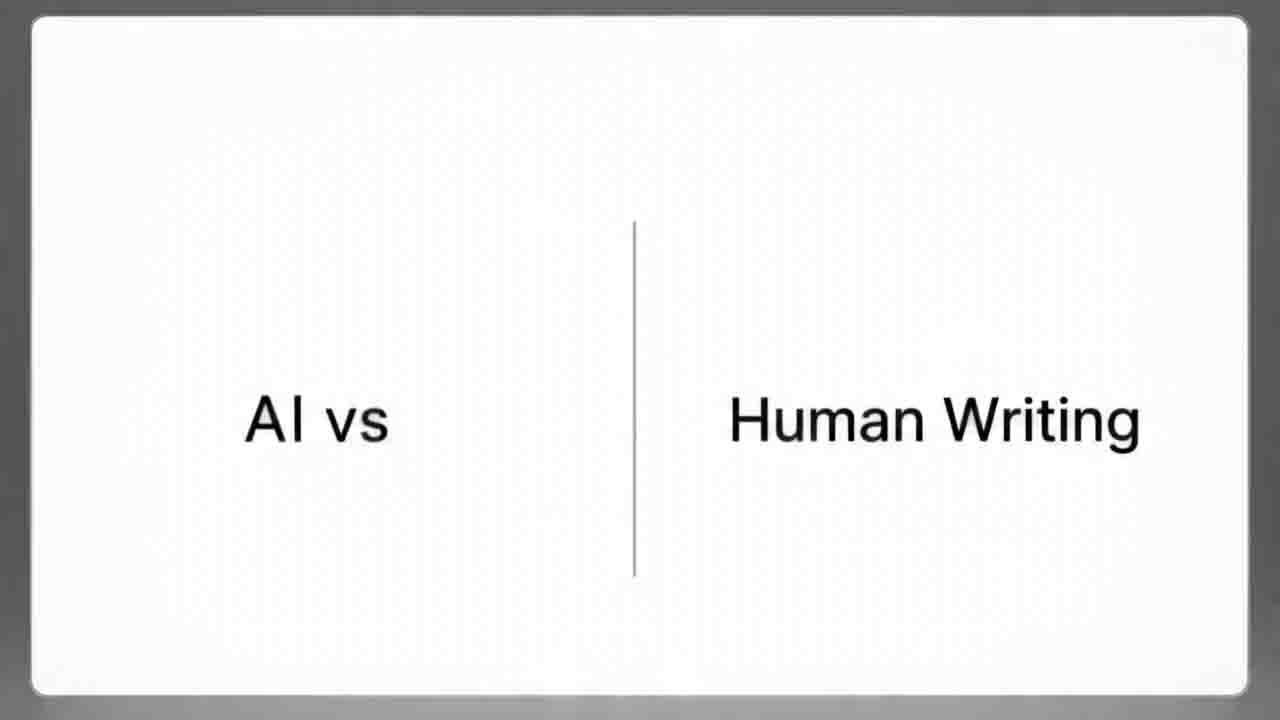
Cracking the Code: How AI Detectors Safeguard Originality
Pitchwars – Cracking the Code has become the defining challenge of the modern writing era, as artificial intelligence increasingly blends with human creativity. With AI-generated texts flooding classrooms, publishing houses, and online platforms, the line between authentic human writing and machine-produced content is becoming harder to distinguish. Publishers, professors, and editors now rely on AI detectors to ensure originality, protect intellectual property, and maintain academic integrity. Tools such as Grammarly and Turnitin are at the forefront of this technological race, competing to provide sharper, more reliable ways to identify machine-written work.
“The Hidden Costs of Weaponizing the U.S. Economy”
The Competition for Accuracy
Cracking the Code in AI detection is not a simple task. As generative AI tools evolve rapidly, so must the systems designed to recognize them. Grammarly, once known mainly for grammar correction, has expanded into advanced AI detection, offering real-time analysis for students and professionals. Meanwhile, Turnitin, a long-standing authority in plagiarism detection, has upgraded its software to include AI-specific scanning features. Both platforms promise higher accuracy rates, but the competition between them highlights just how complex the problem has become. Detecting whether a sentence originates from a human mind or a machine often requires analyzing subtle stylistic patterns, word frequency, and semantic depth.
Protecting Originality in the Digital Age
Cracking the Code is ultimately about safeguarding originality in a world where technology and creativity collide. For educators, these tools ensure students are assessed on their own skills rather than machine output. For publishers, they protect authors from unfair competition with AI-generated content that lacks personal voice. And for society at large, AI detectors raise awareness about authenticity, reminding us that human expression carries value beyond technical accuracy. While detection tools will continue to evolve alongside AI, the deeper message remains clear: originality must be defended, and integrity in writing must not be compromised by convenience.
“Integrity Above Status: Dogberry’s Unlikely Path to Justice”